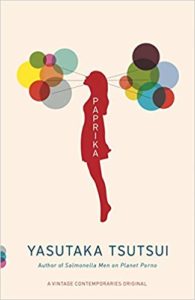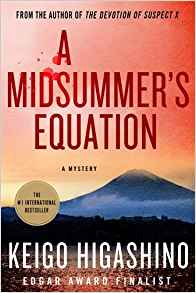Kwaidan: Studies and Stories of Strange Things
Lafcadio Hearn
 This is a, if not the, classic collection of Japanese ghost stories. While there are many famous ghost stories related to classic Japanese literature, like the Tale of the Heike, the 17 stories contained here are old folk tales. For example, “The Story of Mimi-nashi-hoichi” tells of the dangerous experience of a blind musician who gives a concert on a graveyard. And “Yuki-onna” warns of the dangers of not keeping a woman’s secret.
This is a, if not the, classic collection of Japanese ghost stories. While there are many famous ghost stories related to classic Japanese literature, like the Tale of the Heike, the 17 stories contained here are old folk tales. For example, “The Story of Mimi-nashi-hoichi” tells of the dangerous experience of a blind musician who gives a concert on a graveyard. And “Yuki-onna” warns of the dangers of not keeping a woman’s secret.
Collected more than 100 years ago, these stories have lost none of their charm and have rightfully earned their place among the must read books for everyone interested in Japan and its culture.
Lafcadio Hearn was born 1850 in Greece and moved to the US when he was 19 to work as a journalist. In 1890, he was sent to Japan and was soon offered a teaching position. Hearn wrote a great number of articles with a focus on Japanese customs and folklore, even though he is mainly known for the collection of ghost stories above. He married into a Japanese family and took the name Koizumi Yakumo, under which he is famous in Japan. He never left the country again and died in Tokyo in 1904 from heart failure.
Japanese people tell each other ghost stories in summer to cool down. To be true to tradition, you should get the book one of these days, perhaps from amazon.


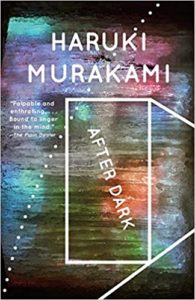

 Bestselling author Kunihiko Hidaka was found murdered in his office by his wife and his old friend, Osamu Nonoguchi. Detective Kaga, who happens to be an old acquaintance of Nonoguchi’s, investigates the case and thankfully, the murderer is quickly found. All the evidence that is subsequently revealed seems to corroborate the motive as the murderer explains it, but detective Kaga is not satisfied. Thus begins a search for the true motive behind the killing, which sends Kaga back to the past of Hidaka and Nonoguchi – as well as his own.
Bestselling author Kunihiko Hidaka was found murdered in his office by his wife and his old friend, Osamu Nonoguchi. Detective Kaga, who happens to be an old acquaintance of Nonoguchi’s, investigates the case and thankfully, the murderer is quickly found. All the evidence that is subsequently revealed seems to corroborate the motive as the murderer explains it, but detective Kaga is not satisfied. Thus begins a search for the true motive behind the killing, which sends Kaga back to the past of Hidaka and Nonoguchi – as well as his own.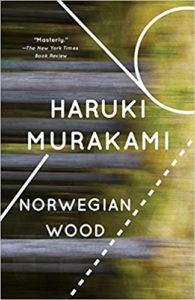
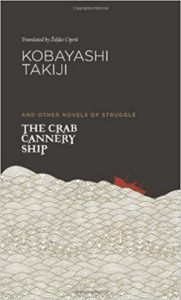 This book consists of three novellas, all written in the late 1920s/early 1930s. All three concern class struggles, the rising of the working class, and the left-wing movements in Hokkaido.
This book consists of three novellas, all written in the late 1920s/early 1930s. All three concern class struggles, the rising of the working class, and the left-wing movements in Hokkaido.